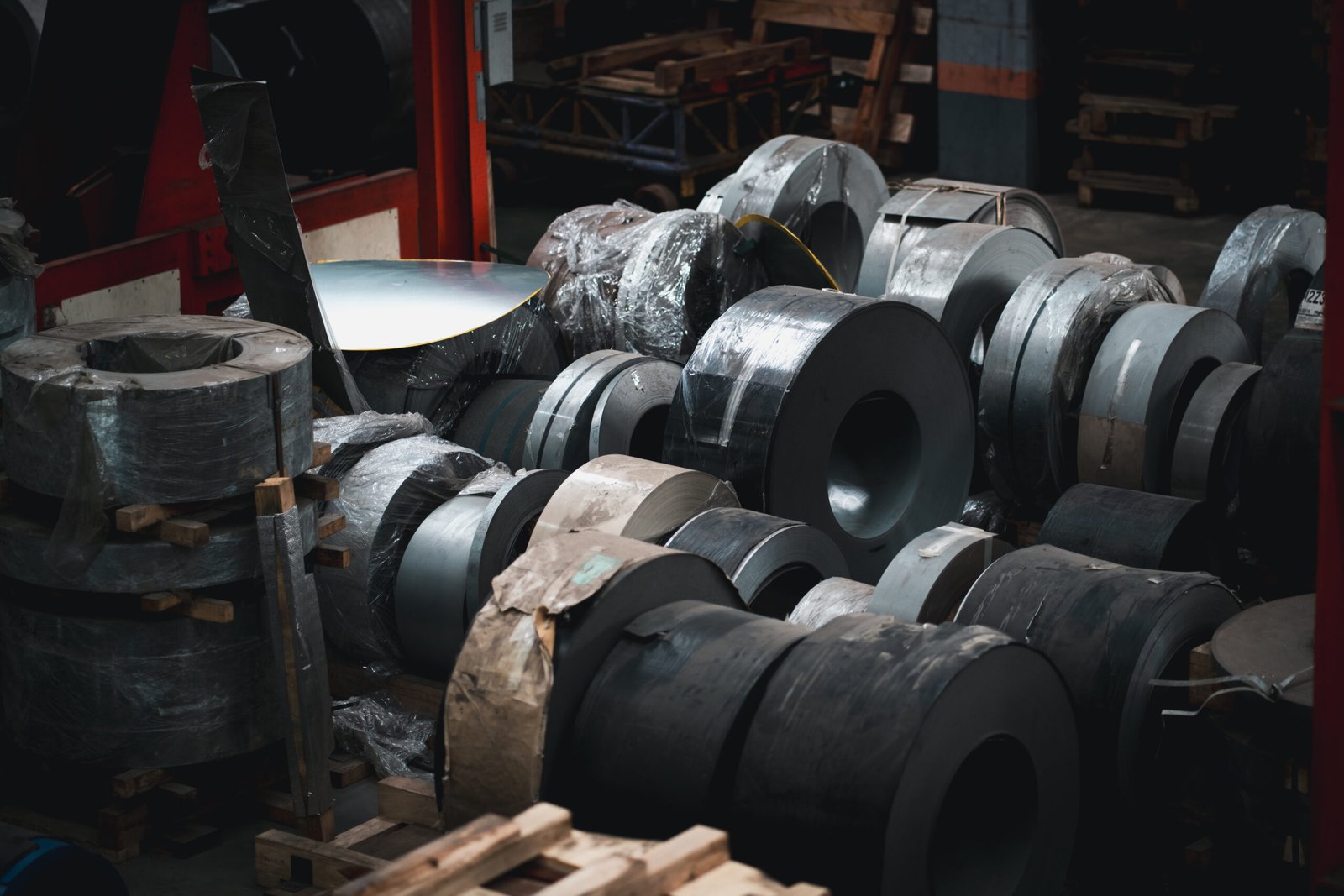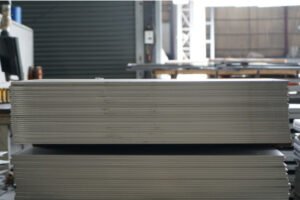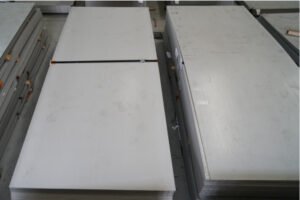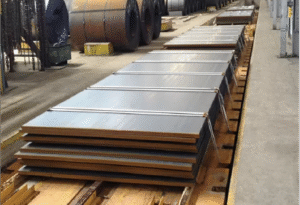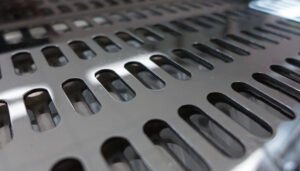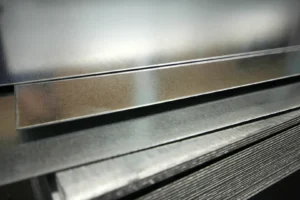How to Identify Real 304 Stainless Steel: Practical Methods
Worried about counterfeit 304 stainless steel? Using inferior material can cause catastrophic failures, damaging both your project and your reputation. These practical methods help you verify authenticity with confidence.
To identify real 304 stainless steel, you must combine several methods: understand its non-magnetic property and chemical composition, perform a visual inspection for finish and markings, conduct a magnet test, use a chemical spot test, and for critical applications, demand advanced verification like XRF analysis.

In my role at MFY, I’ve seen firsthand the problems that arise from mislabeled materials. The global supply chain is complex, and cost pressures can lead some suppliers to cut corners. But for professionals in manufacturing, engineering, and construction, the integrity of your materials is non-negotiable. A small saving on a counterfeit coil can lead to millions in damages down the line. That's why knowing how to verify your stainless steel isn't just a technical skill; it's a fundamental part of risk management. Let’s walk through the steps we use to ensure every piece of steel meets its specification.
What are the Key Characteristics of 304 Stainless Steel?
Unsure what makes 304 stainless steel unique? This confusion can make you vulnerable to look-alikes and inferior substitutes. Understanding its core chemical and physical properties is your first line of defense.
The key characteristics of 304 stainless steel are its chemical composition—primarily 18% chromium and 8% nickel—and its physical properties, including excellent corrosion resistance, durability, and its typically non-magnetic nature in an annealed state. These traits make it a versatile and reliable industry standard.
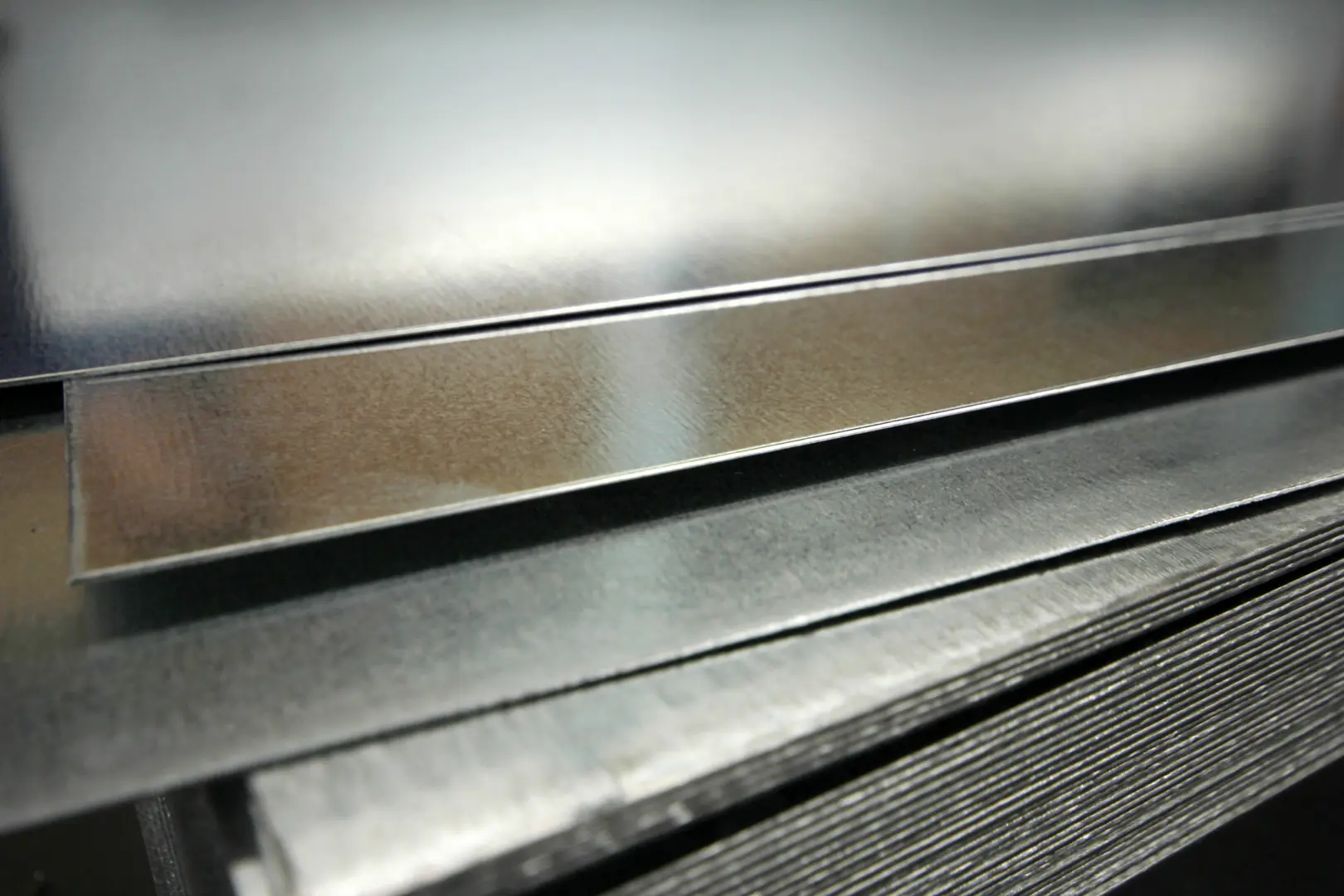
At its core, the value of any material lies in its predictable performance. For 304 stainless steel, this performance is directly tied to its specific alloy composition. The entire reason we choose this grade is for its proven ability to resist rust and withstand demanding environments, and that ability comes from a precise recipe. Any deviation from this recipe compromises the material's integrity and, by extension, the integrity of your final product. This is not just an academic detail; it's a critical factor for quality assurance. I always tell my team that understanding the "why" behind the material's properties is just as important as knowing the "how" of testing it. It’s this deep understanding that separates a simple trader from a true supply chain partner.
Chemical Composition: The Core Identity
The identity of 304 stainless steel is defined by its elements. The "18/8" nickname it often gets refers to its typical chromium and nickel content, which are the heroes of its performance. Chromium forms a passive, invisible layer on the surface that protects the iron from oxidizing (rusting), while nickel stabilizes the steel's austenitic crystal structure[^1].
| Element | Typical Content (%) | Role in the Alloy |
|---|---|---|
| Chromium (Cr) | 18.0 - 20.0 | Primary agent for corrosion resistance |
| Nickel (Ni) | 8.0 - 10.5 | Stabilizes austenitic structure, enhances formability |
| Carbon (C) | ≤ 0.08 | Affects strength and weldability |
| Manganese (Mn) | ≤ 2.0 | Improves hot working properties |
| Silicon (Si) | ≤ 0.75 | Deoxidizer, improves strength |
Physical Properties: The Performance Guarantee
This chemical makeup results in the physical properties that engineers and manufacturers rely on. Its austenitic structure makes it non-magnetic when fully annealed, a key identifier we'll discuss later. It also provides excellent formability and weldability, making it a go-to choice for everything from kitchen sinks to architectural panels and industrial piping.
What Visual Inspection Techniques Can You Use for 304 Stainless Steel?
Think you can spot a fake just by looking? Relying on appearance alone is risky, but there are important visual clues. Learning to recognize the subtle signs of genuine 304 is a crucial first step.
Key visual inspection techniques include checking for a consistent, uniform surface finish without pits or rust spots, observing the material's characteristic luster, and looking for industry-standard markings or stamps like "SUS304," "AISI 304," or "1.4301," which indicate the grade.

Your eyes are your first and fastest tool. While a visual check is never enough on its own, it can immediately raise red flags. I remember a case with a new client in Southeast Asia who received a shipment of what was supposed to be 304-grade sheets. On the surface, they looked fine, but one of my junior inspectors noticed the laser-etched markings were slightly blurred and inconsistent across the batch. That small detail prompted us to run an XRF scan, which revealed the material was actually a 200-series grade with much lower nickel content. That initial visual observation saved the client from a massive product recall. This is why we train our teams to be meticulous; sometimes, the biggest problems have the smallest tells.
Surface Finish and Luster
Genuine 304 stainless steel should have a clean and uniform appearance. Whether it has a brushed (No. 4), mirrored (#8), or standard mill (2B) finish, the texture and color should be consistent across the entire surface. Be wary of any material showing signs of premature pitting, discoloration, or rust spots. While surface rust can sometimes occur from external contamination, inherent rust is a major warning sign that the chromium content is too low to form a protective layer.
Check for Stamps and Markings
Reputable manufacturers will almost always mark their products. Look for stamps or etches that identify the material grade. Common designations for 304 stainless steel include:
- AISI 304: The American standard.
- SUS304: The Japanese Industrial Standard (JIS).
- 1.4301: The European (EN) numeric designation.
The absence of any markings is a cause for concern. If markings are present, check that they are clear, professional, and consistent. Shoddy or irregular stamping can be a sign of a counterfeit product.
How Do You Conduct Basic Magnet Tests to Verify Authenticity?
Need a quick and simple field test? A magnet can be a great tool, but misinterpreting the results is easy. A magnet test is fast and effective, but only if you know what to look for.
To conduct a magnet test, place a strong magnet against the steel's surface. Genuine, annealed 304 stainless steel is austenitic and should be non-magnetic or only very slightly magnetic. If the magnet sticks firmly, the material is likely a different grade, such as 430 stainless steel.

The magnet test is a classic in our industry for a reason: it's incredibly simple and provides an immediate data point. It’s often the first thing our quality teams do when a new shipment arrives at the port. However, it's crucial to understand the nuance. A common mistake is to assume any magnetic response means the material is fake. This isn't always true. The key is understanding the difference between a strong pull and a faint one, and knowing why that difference occurs. This is where experience comes into play. A seasoned professional knows that a slight pull near a bend or a weld doesn't necessarily disqualify the material, while a strong, uniform attraction across a flat sheet is an undeniable red flag.
The Austenitic Advantage
The non-magnetic nature of 304 stainless steel comes from its austenitic crystal structure, which is stabilized by the high nickel content. This structure is fundamentally different from the ferritic or martensitic structures found in other stainless steel grades (like the 400 series), which are magnetic. This physical difference is a direct result of the chemical composition, making the magnet test a simple, indirect way of checking the alloy's makeup.
Interpreting the Results Correctly
While annealed 304 is non-magnetic, it's important to remember one critical exception: cold working. Processes like bending, forming, drawing, or even heavy polishing can disrupt the austenitic structure and create small amounts of localized martensite, which is magnetic. Therefore, you might find that a bent corner or the edge of a sheet has a slight magnetic pull, while the flat, untouched center has none. This is normal. The real warning sign is a strong, consistent magnetic attraction across the entire piece, which strongly suggests it's not 304 stainless steel.
How Can You Use Chemical Spot Tests to Confirm 304 Stainless Steel?
Need more certainty than a magnet can provide? Without a proper chemical test, you're just guessing the alloy's composition. A simple chemical spot test kit can deliver a reliable, on-the-spot answer.
To use a chemical spot test, apply a drop of a specialized solution (like a molybdenum reagent) to the steel's surface. For 304 stainless steel, there should be no color change. A reaction that turns the solution dark indicates the presence of molybdenum, differentiating it from 316-grade steel.
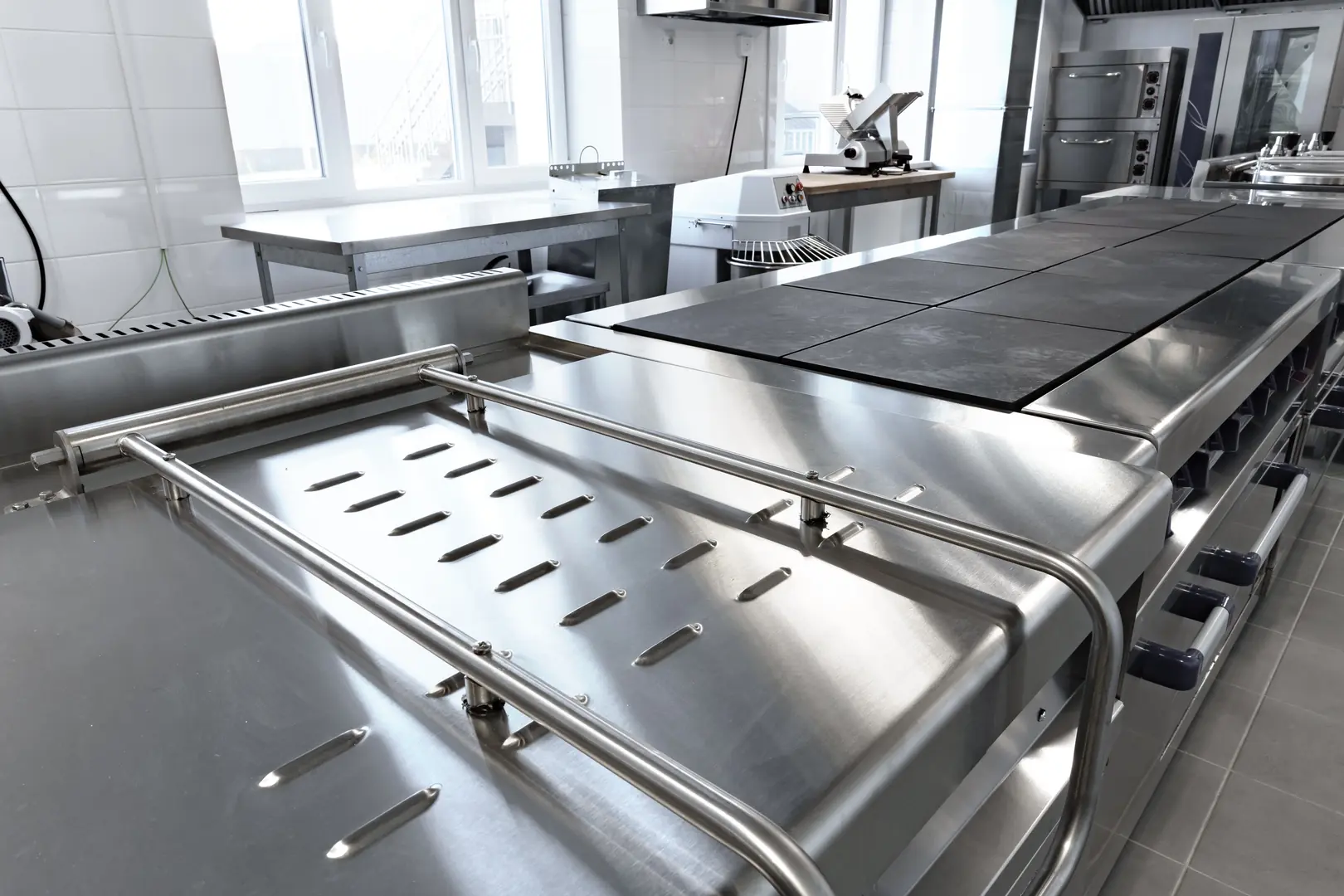
Moving beyond physical tests to chemical verification is a significant step up in certainty. These kits are affordable, portable, and provide a clear result that isn't subject to the same interpretation issues as a magnet test. We often equip our on-site teams with these kits when they are evaluating stock at a partner's warehouse or inspecting a project installation. It’s a practical way to combat the proliferation of mislabeled materials in the supply chain. The test doesn't just confirm it's not a magnetic grade; it helps you differentiate between common austenitic grades like 304 and 316, which look identical but have very different applications and costs. This level of detail is crucial for ensuring the right material is used for the right job, preventing costly corrosion failures.
The Moly-Drop Test Explained
One of the most common spot tests is the molybdenum (or "Moly") test. It's designed to distinguish between 304 and 316 stainless steel. The key difference between these two grades is that 316 contains 2-3% molybdenum for enhanced corrosion resistance, particularly against chlorides. Grade 304 contains no significant amount of molybdenum.
The process is simple:
- Clean a small area of the steel surface.
- Apply a single drop of the testing solution.
- Observe the reaction. If the drop remains clear or yellowish, it's likely 304. If it turns dark brown or black within a minute, it indicates the presence of molybdenum, suggesting it's 316 or another Moly-bearing grade.
Safety and Best Practices
While these kits are generally safe, the solutions are acidic. Always wear appropriate personal protective equipment (PPE), including gloves and safety glasses. Perform the test in a well-ventilated area and neutralize the spot with water after testing. This simple, inexpensive test can save you from using the wrong material in a critical application, making it an invaluable tool for any serious professional.
What Advanced Testing Methods Provide Accurate Identification?
What if your project requires absolute, undeniable certainty? For critical applications in sectors like pharmaceuticals, energy, or food processing, errors are not an option. Advanced methods like XRF analysis provide definitive proof.
For 100% accurate identification, advanced methods like portable X-Ray Fluorescence (XRF) spectrometry are the industry gold standard. An XRF analyzer provides a rapid, non-destructive, and precise breakdown of the alloy's exact elemental composition, confirming it meets the specific standards for 304 grade.
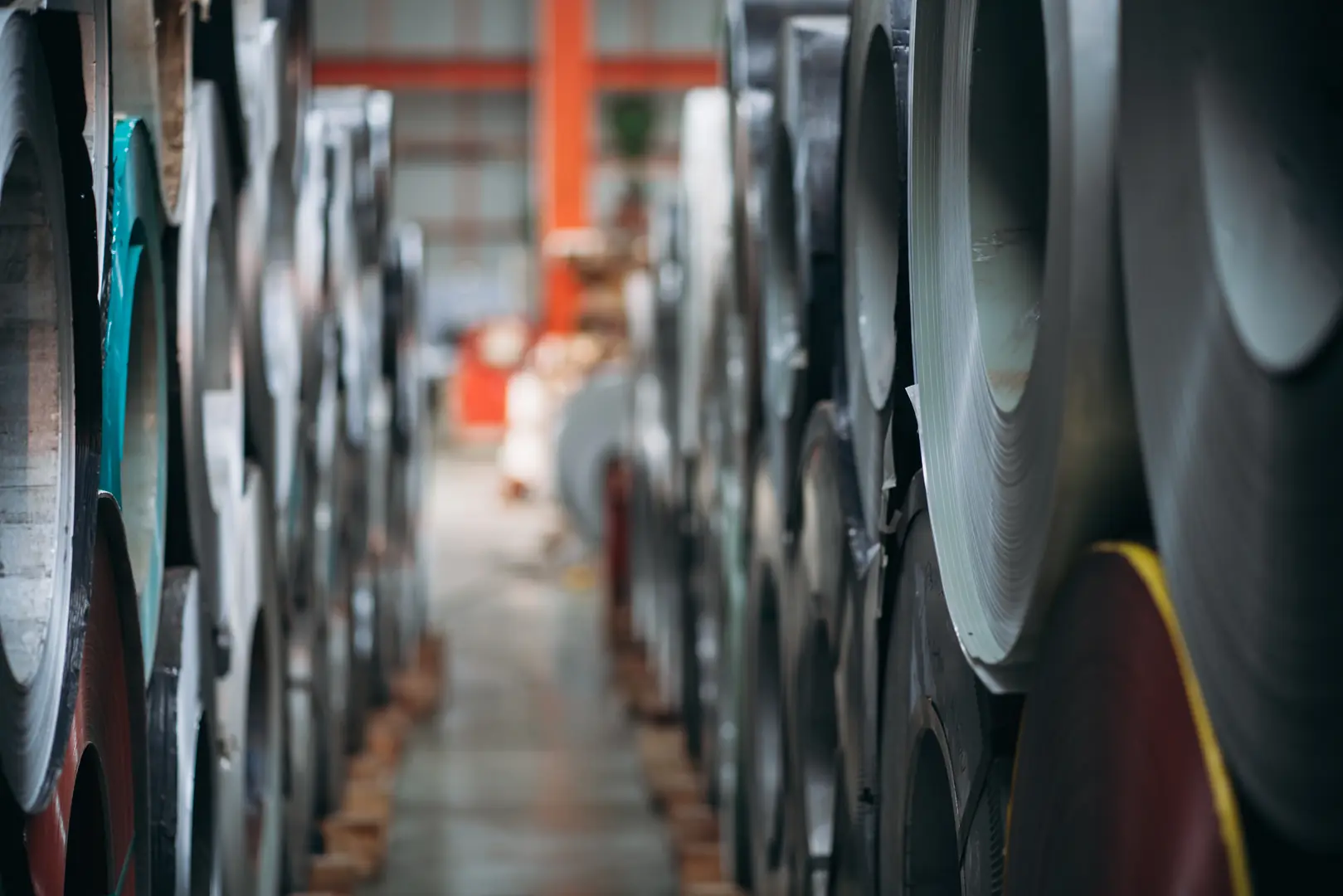
When the stakes are high, we don't guess. We verify. At MFY, we rely on XRF technology as the ultimate arbiter of material quality. This is the core of our commitment to supplier transparency and delivering verified, high-grade steel. An XRF gun gives you a complete elemental fingerprint of the material in seconds. It removes all ambiguity and protects both us and our clients from the risks of counterfeit materials. This is especially critical when dealing with complex global supply chains. We believe that robust testing protocols and strategic partnerships with reputable suppliers are the only way to safeguard operations and uphold product quality. It's not just about selling steel; it's about delivering certainty.
X-Ray Fluorescence (XRF) Spectrometry
A portable XRF analyzer is a handheld device that bombards the steel's surface with X-rays. The atoms in the metal then emit secondary, fluorescent X-rays at energy levels characteristic of each specific element. The device's detector reads these signals and instantly calculates the exact percentage of each element in the alloy—chromium, nickel, manganese, iron, and more. This provides a definitive, quantitative analysis that can be compared directly against the official specifications for 304 stainless steel.
The Importance of Mill Test Certificates (MTC)
Beyond direct testing, you should always demand a Mill Test Certificate (MTC) or Material Test Report (MTR) from your supplier. This document, issued by the original steel mill, certifies the material's chemical and physical properties and confirms it meets specific standards. However, just receiving an MTC isn't enough. It's crucial to partner with a supplier you trust, one who can guarantee the authenticity of the certificate and demonstrate a clear chain of custody from the mill to your facility. At MFY, we provide a fully verified MTC with every shipment, backed by our own in-house XRF spot checks.
Conclusion
Verifying 304 stainless steel is a non-negotiable step for ensuring quality and safety. By layering visual checks, magnet tests, and chemical analysis, you can confidently identify the right material. For absolute certainty, always insist on advanced analysis and verified certification from a trusted partner like MFY.
Have Questions or Need More Information?
Get in touch with us for personalized assistance and expert advice.
